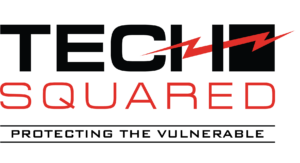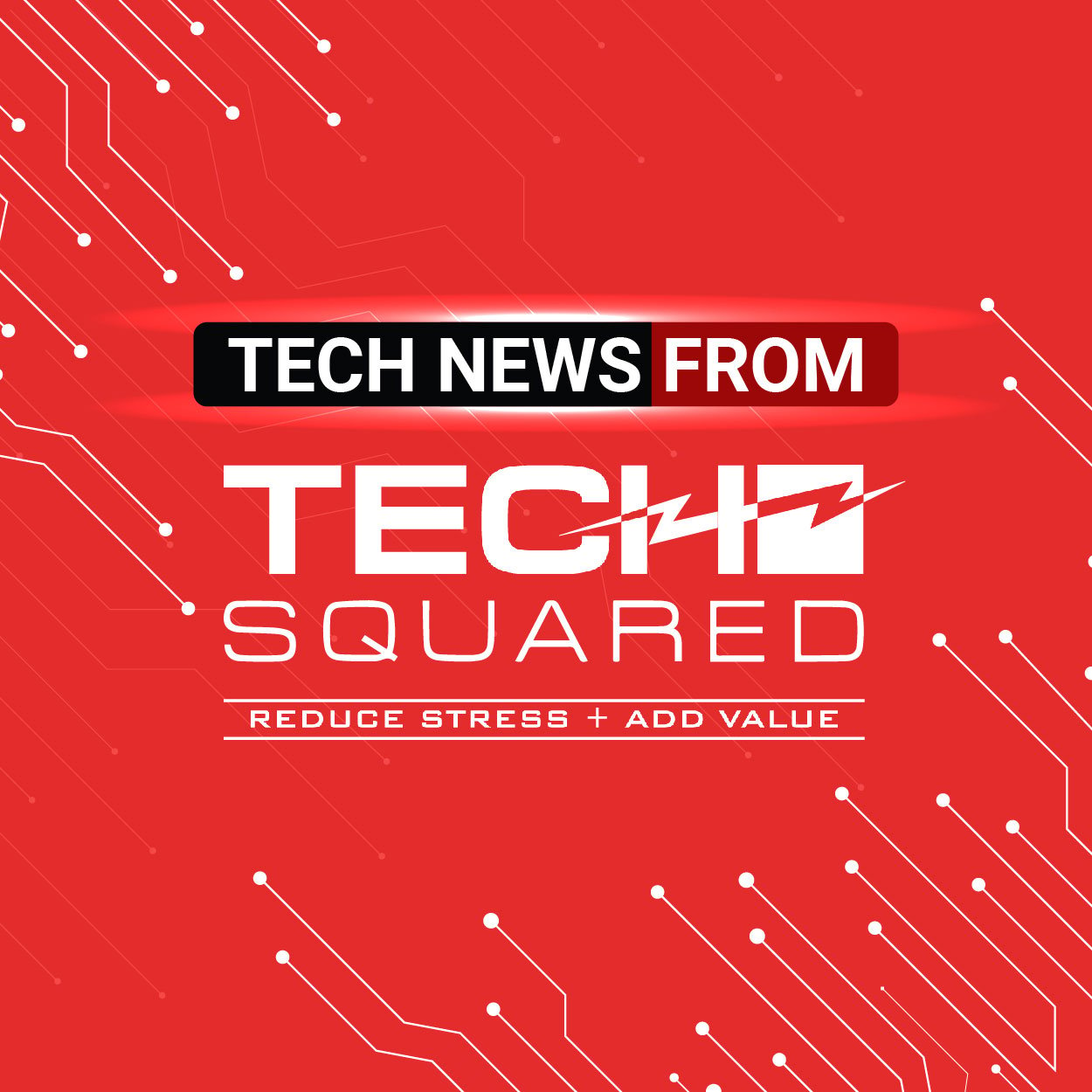Attaching documents to an email remains one of the most convenient ways to send files over the internet, but you should think twice about using this method. Not only are there handier and more efficient ways to send files, but email attachments can also be downright dangerous.
What are the risks of email attachments?
Because it’s commonly used for both personal and business communication, email has become a popular medium for scams. Phishing, one of the most concerning cyberthreats today, is often done through email, for instance. In phishing emails, scammers sometimes put links that lead to spoofed or dubious websites intended to trick victims into providing sensitive information.
Other phishers take a more destructive route, attaching malware intended to steal money, cripple existing cyber defenses, or subdue their victims’ networks. These email attachments often look harmless, and when downloaded, can sit dormant and undetected in your system, only to activate after a set period and catch you unawares.
These are the types of malware commonly attached to emails:
Viruses
When activated, these malicious computer programs replicate themselves and infect other computer programs. Viruses often corrupt files in an infected network. The ILOVEYOU virus, still considered one of the most dangerous of its kind 20 years after it was launched, is an email attachment that overwrites all JPEG, MP3, and other files in its victim’s hard disk.
Trojans
Contrary to popular belief, Trojans are not viruses. They appear as legitimate files and are often attached to an email. When executed, they perform malicious commands without the victim’s knowledge or consent. PlugX or Korplug, for example, enables cybercriminals to seize control of its victim’s computer and steal sensitive information.
Spyware
When downloaded and executed, this malware eavesdrops on your computer activities and steals both usage data and personal information. eBlaster, for example, records keystrokes, disk activity, and app usage. It can be sent through email and remotely installed.
Ransomware
One of the digital world’s most notorious scourges, ransomware holds your files hostage and prevents you from accessing them unless you pay a ransom. But paying up may not solve the problem, and your data can still end up exposed or deleted anyway. Locky is an example of ransomware that spreads through phishing emails.
What are your alternatives?
Exchanging digital files is essential to smooth business operations, especially if you have a remote team or you have other offices in distant locations. To avoid the dangers of malicious files attached to email, you can use these alternatives:
1. Messenger apps
With messenger applications, files are sent in real time and you know exactly who they’re from. You also get to use chat rooms that only authorized users can enter, reducing the risk of malicious parties being involved. WhatsApp and Signal are among the most commonly used messenger apps in business.
However, these applications may not be ideal for organizations in regulated industries. HIPAA, for instance, requires healthcare businesses to always have a complete record of all corporate communications, including chat messages.
To comply with such requirements, you need a messenger app that does not routinely delete chat messages. Slack and Microsoft Teams are good examples. They offer a host of customization options that allow users to configure these to meet most industry standards.
2. Workflow apps
Applications like Trello, Asana, and Basecamp allow users to upload documents, which their colleagues can then view or download. These apps can only be accessed with the right login credentials, so unauthorized parties cannot post potentially dangerous files.
Malware-infographic
3. Cloud-based platforms
Instead of attaching files to an email, you can create or store them in cloud-based platforms like Microsoft SharePoint, Microsoft OneDrive, Google Docs, and Dropbox. You can then obtain the URL that directly links to your file, which you can then send via email or messenger app. Because you don’t need to download anything, the risk of getting infected by malware is reduced.
The files can be configured so that they can be accessed only by a set group of users. They are also protected by advanced verification methods like multifactor authentication, which helps in preventing access and tampering by malicious parties.
As an added benefit, authorized users can modify and work on the same document together in real time. This promotes collaboration, even among team members who are miles away from one another.
Email remains a popular communication method, but there are better and more secure ways to exchange files than using the attachment function. At Tech Squared, our experts can help you explore alternatives and implement one that meets your business’s needs while maximizing your protection from cyberthreats.
Discover the many ways we can help secure your data by downloading this free eBook today.
More Than Just Tech Support
Tech Squared services and solutions Reduce Stress + Add Value to your company.


